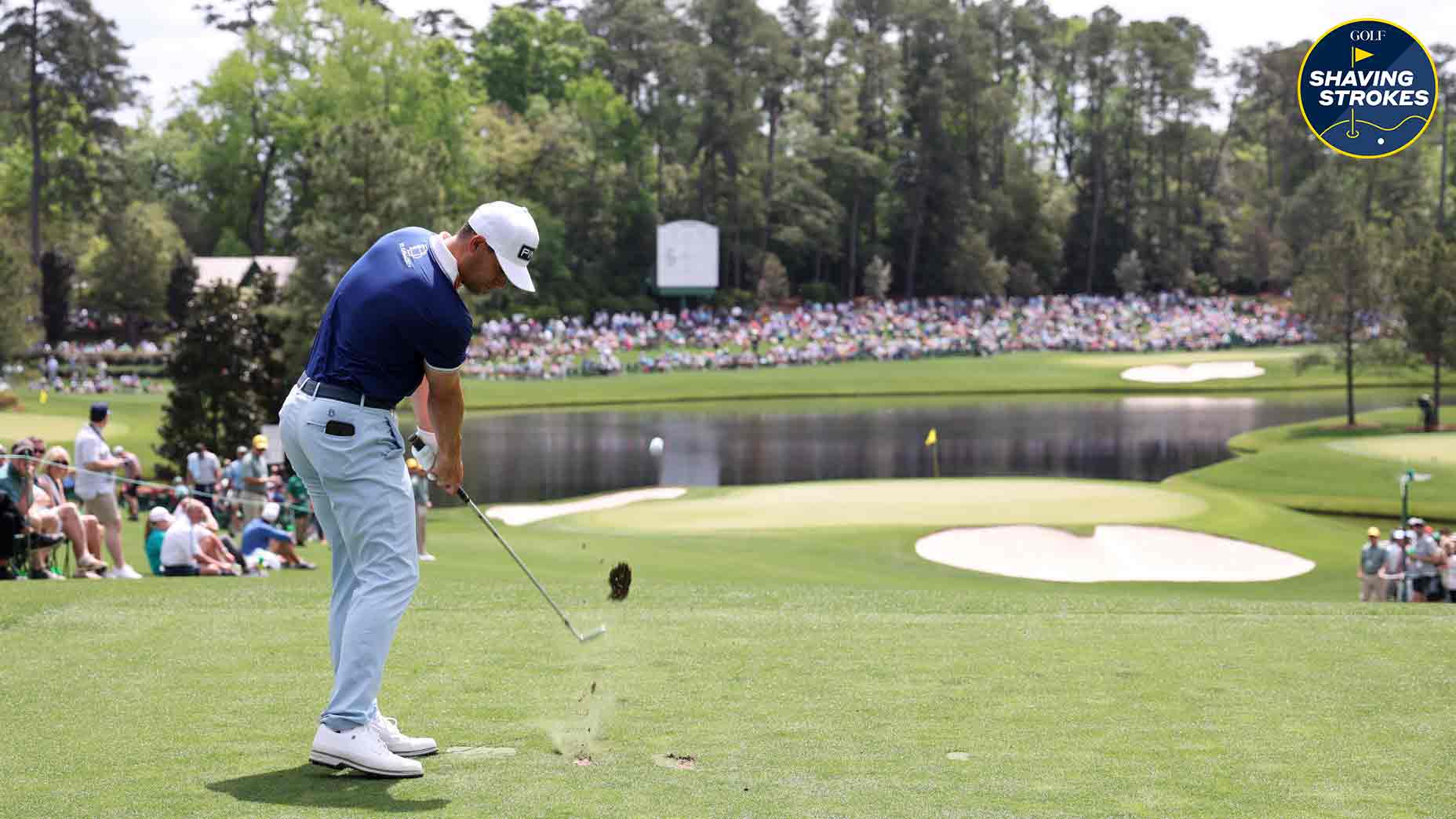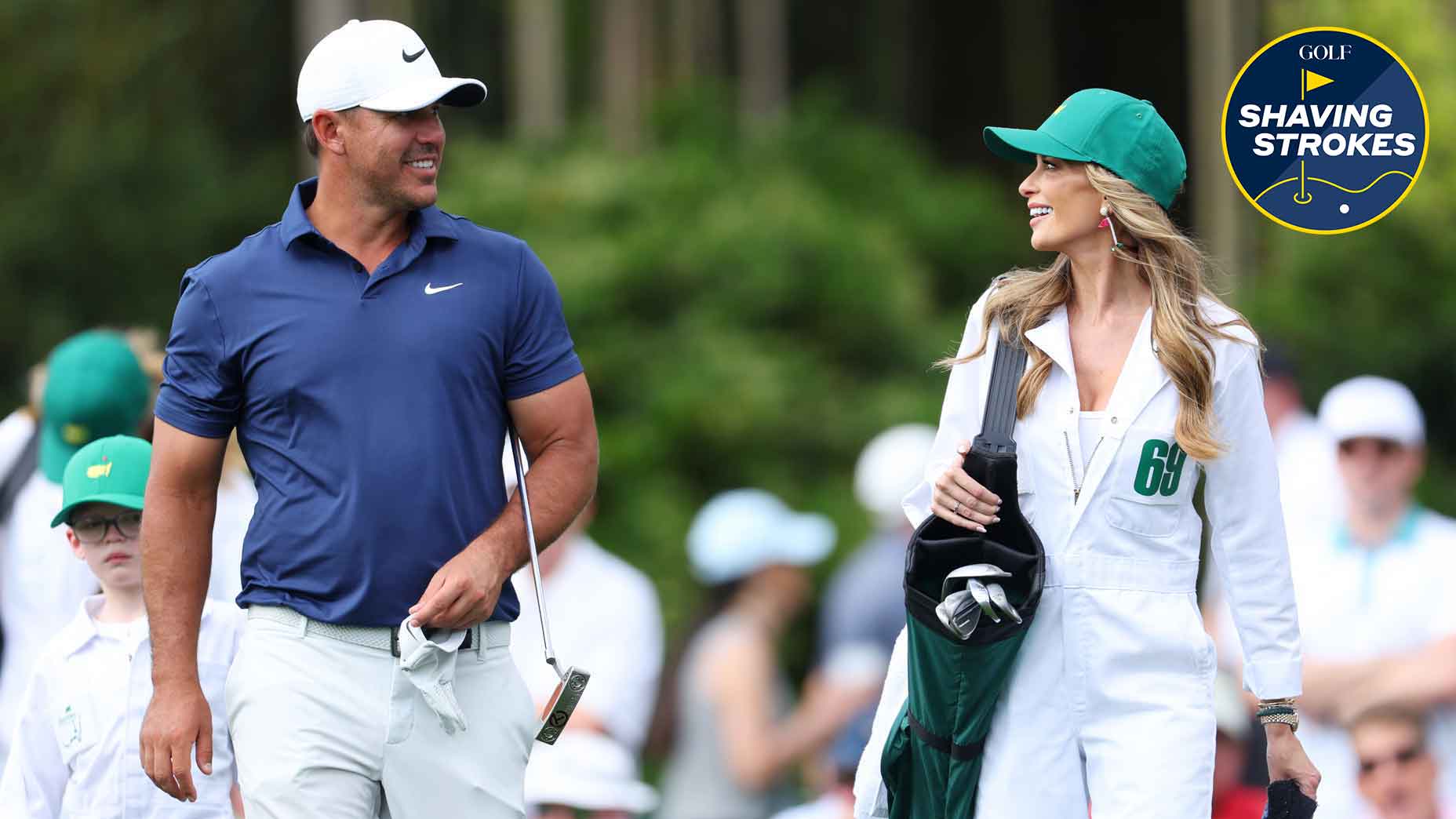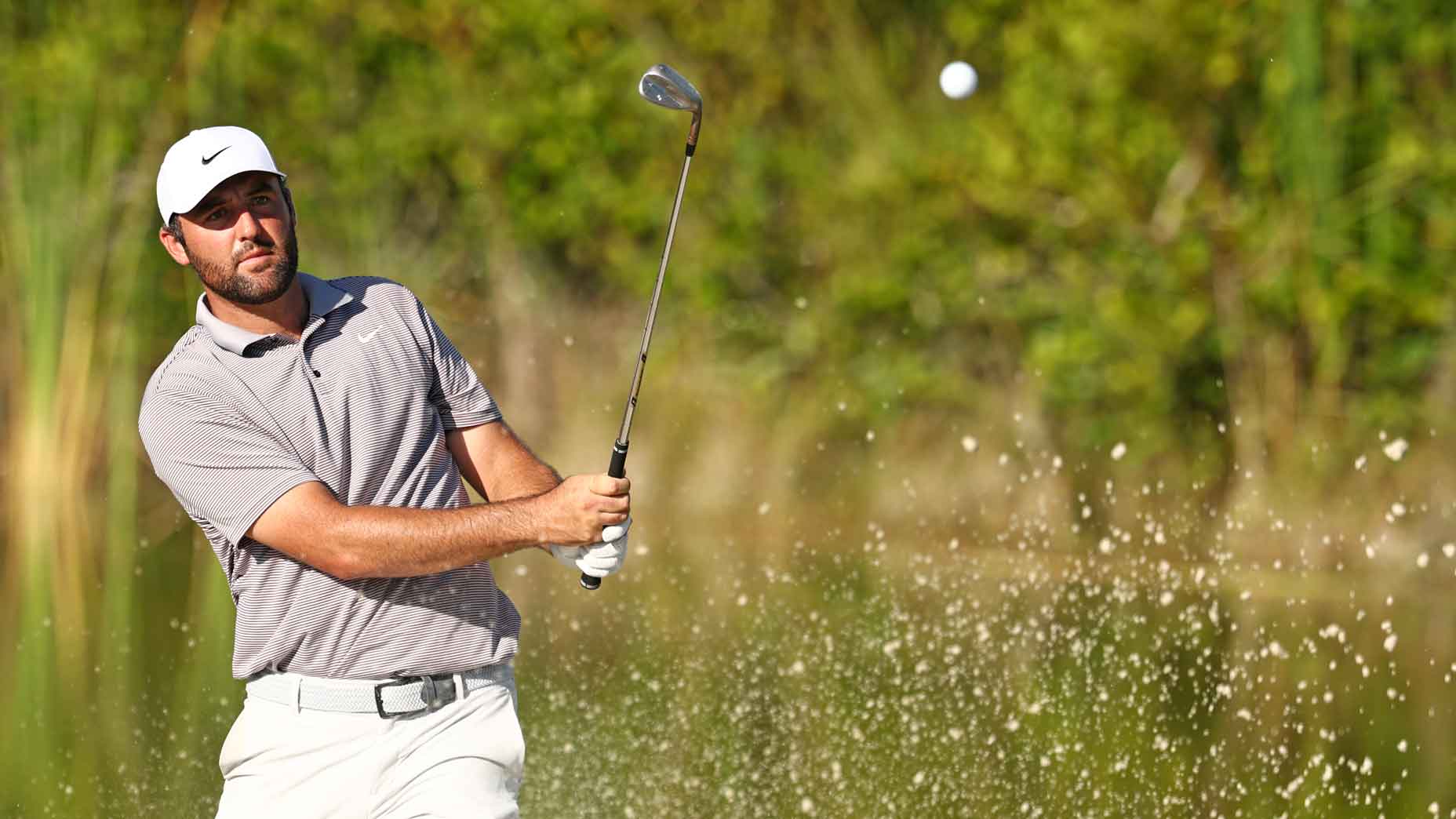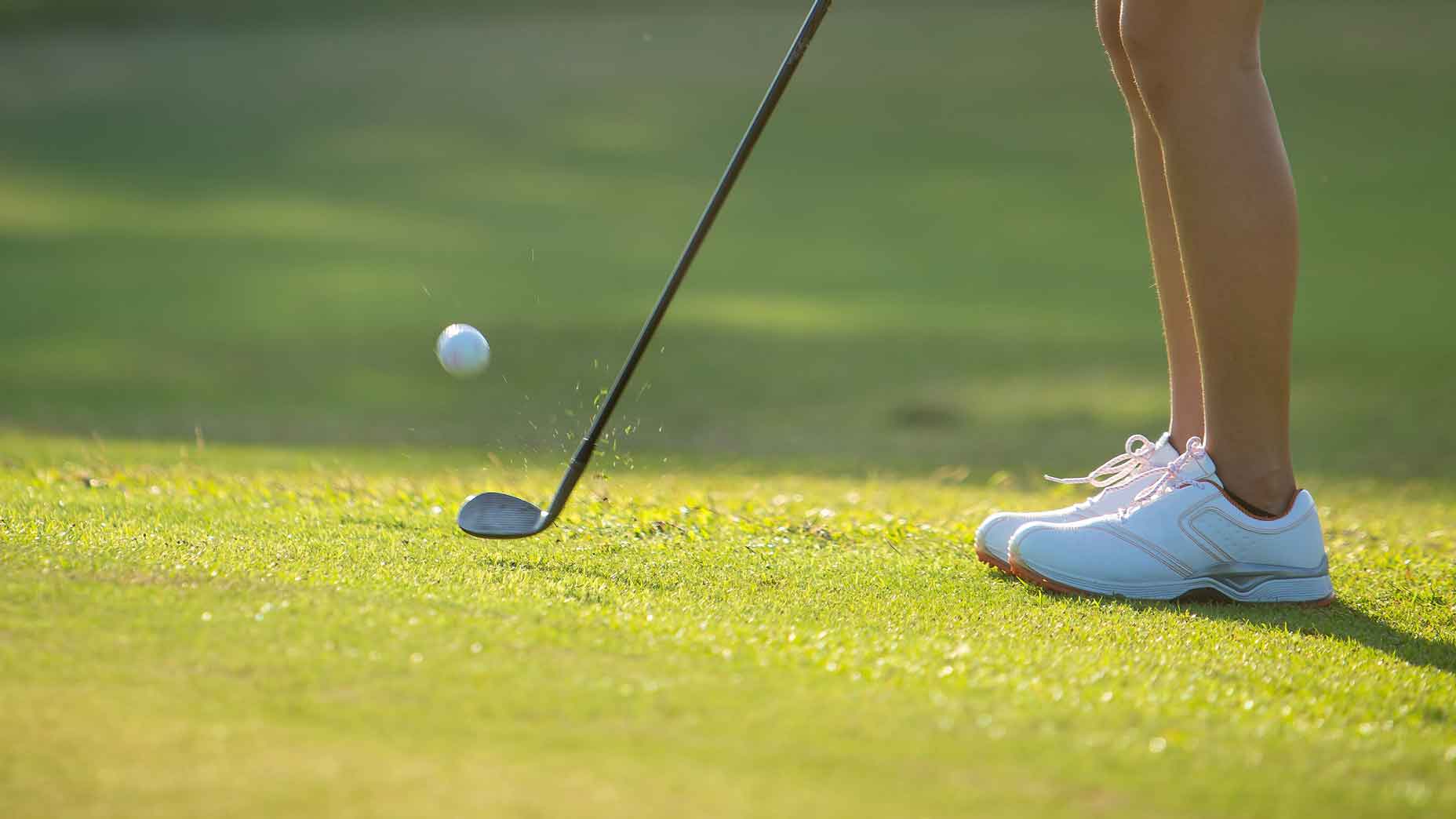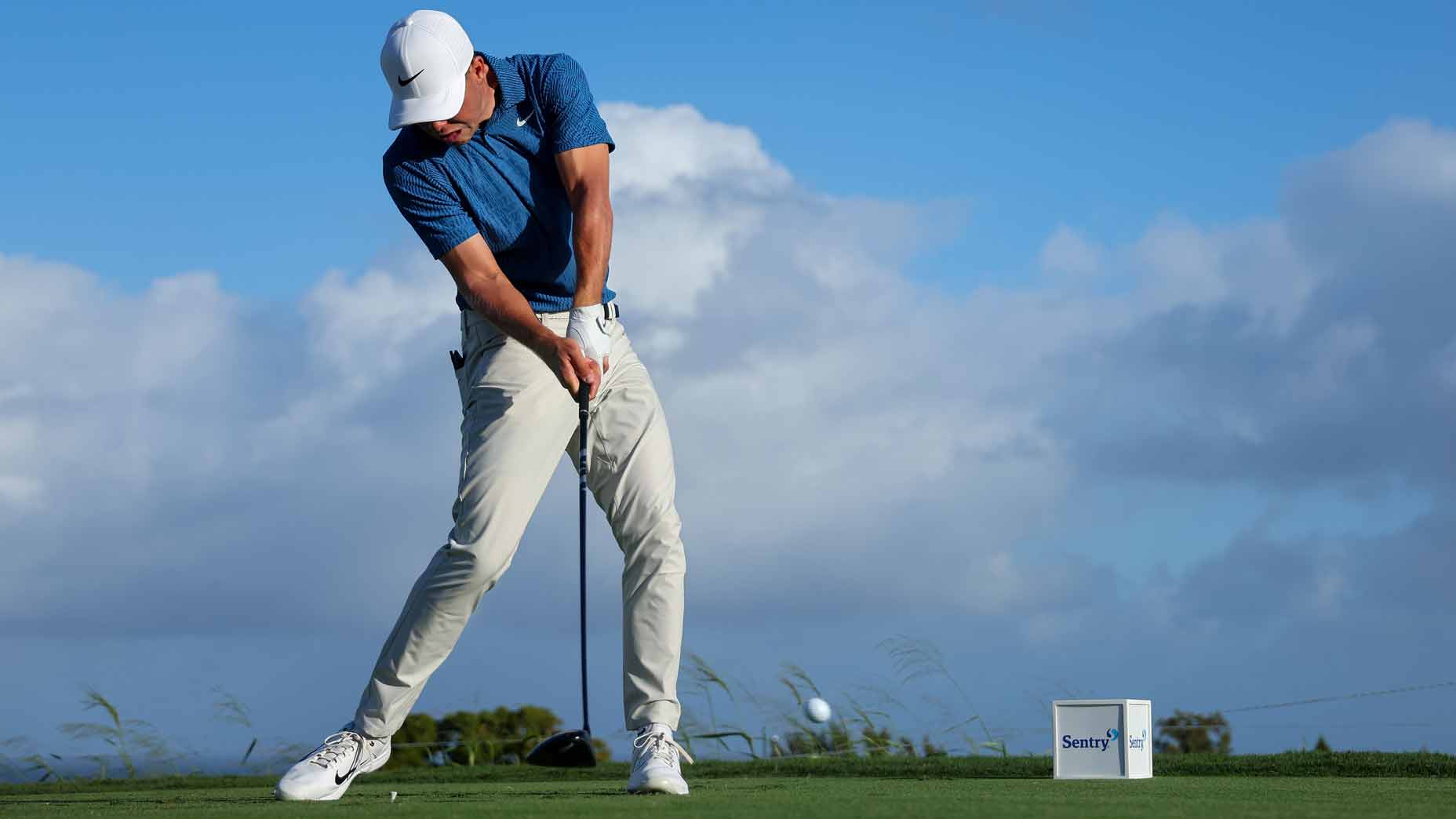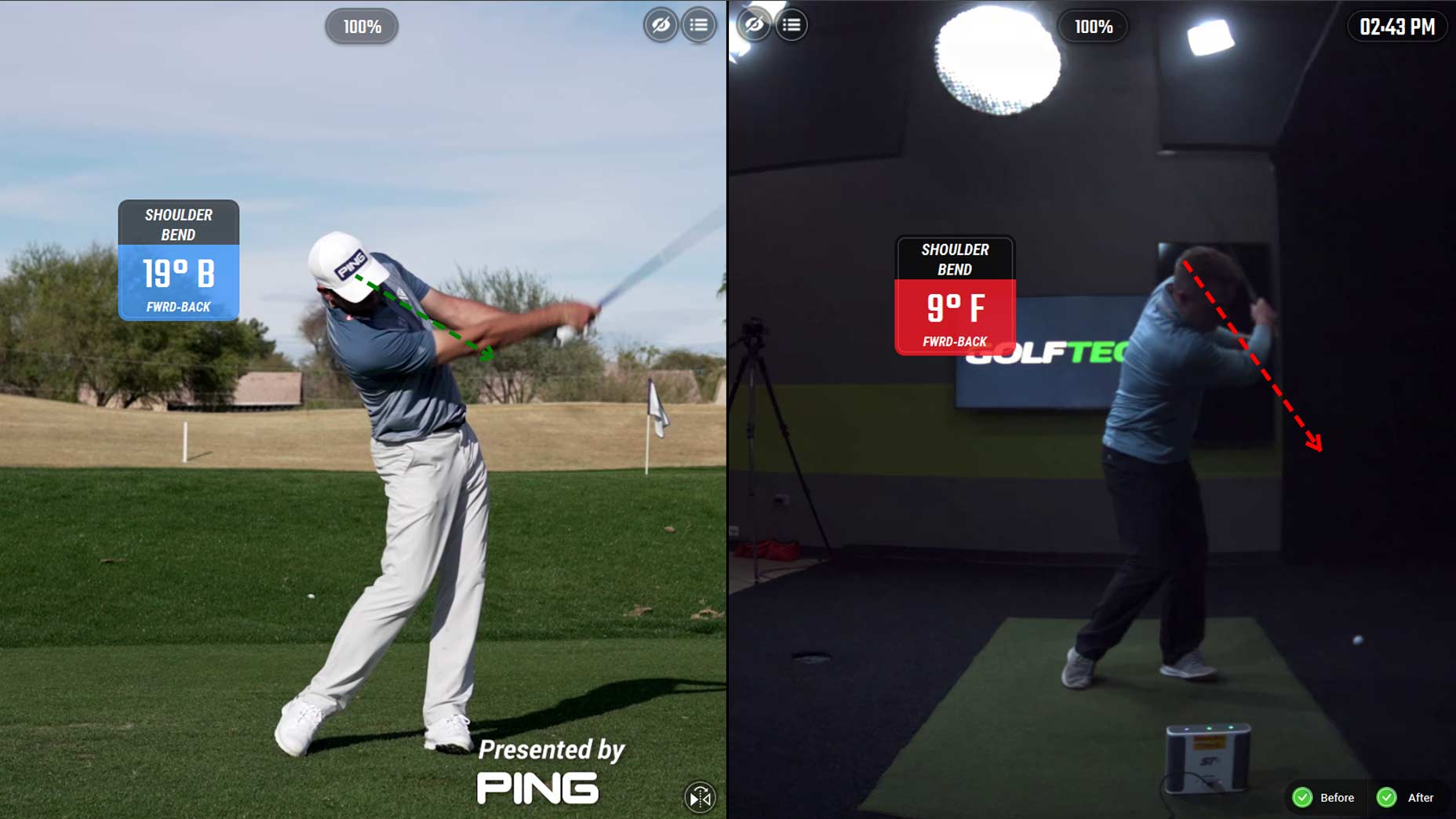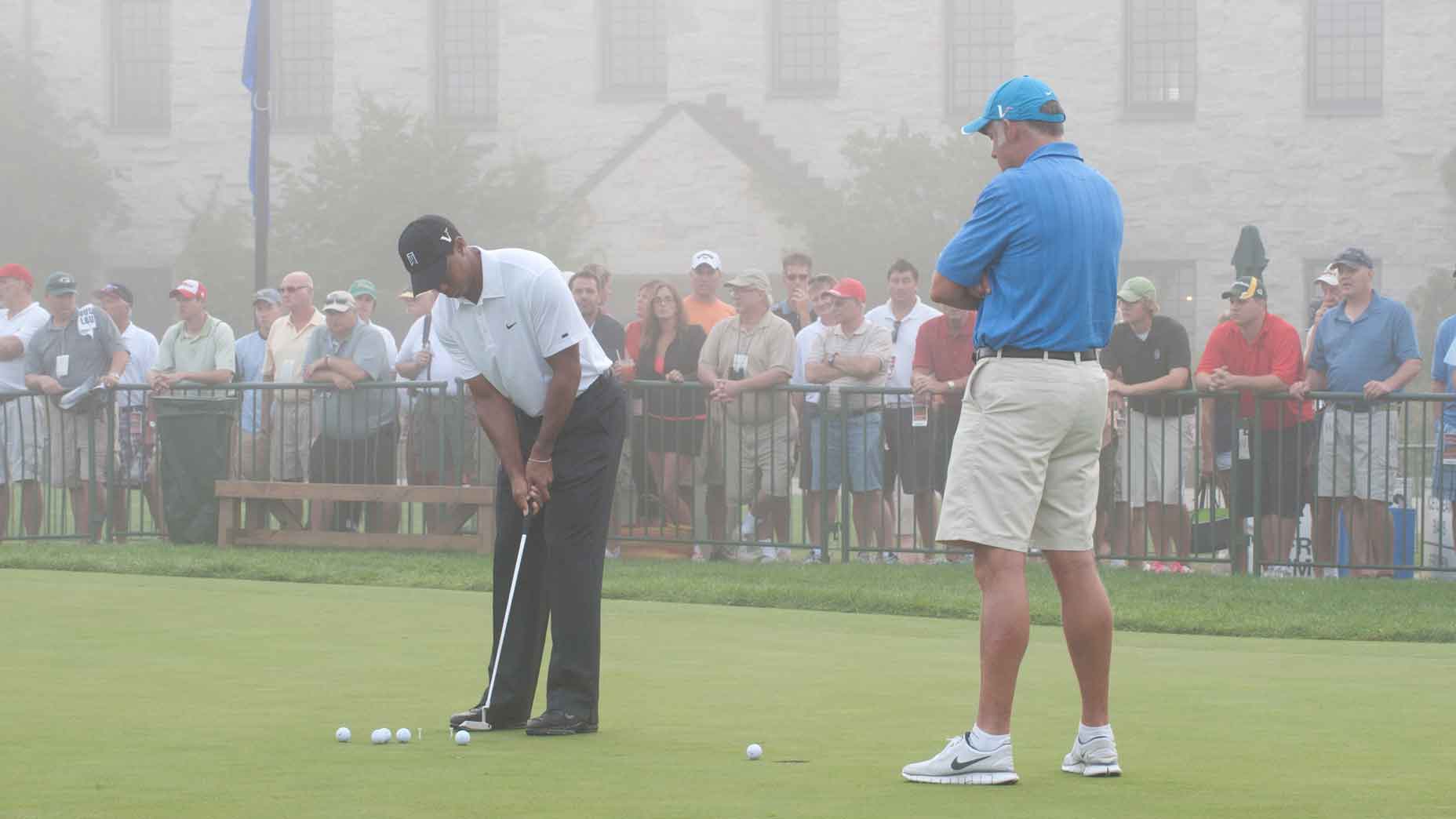Welcome to Shaving Strokes, a GOLF.com series in which we’re sharing improvements, learnings and takeaways from amateur golfers just like you — including some of the speed bumps and challenges they faced along the way.
My past few rounds of golf have been some of the best I’ve played in my entire life. I’m hitting the ball off the tee with both distance and precision, and my approach shots have put me in position to make birdies and save pars when necessary.
Of course, I’m still a mid-handicapper, so there are some glaring weaknesses that are holding me back from my goal of breaking 80 (namely the short game, but that’s a story for a different day).
Outside of chipping and putting, though, it’s par-3 holes that have just eaten me alive, with my tee shots often landing on the green and then slowly rolling, rolling, rolling somewhere away from the pin. It’s like a magnetic force just doesn’t allow my ball to ever sit within 10 feet of the pin.
4 ways the Masters Par 3 Contest can help transform your gameBy: Brendon R. Elliott, PGA Golf Professional , Nick Dimengo
Now, look, par-3s aren’t as easy as they look, with many (myself including) seeing the shorter yardage and thinking it should be an easier hole to score on. Sadly, that’s far from accurate.
Want to know the average score on par-3 holes from the PGA Tour this year? It’s 3.06.
If you’re a mid-to-high-handicapper who can relate, it might be time to change your approach — and it all starts with the height of your tee, according to GOLF Teacher to Watch Derek Swoboda.
Try a higher tee height on par-3s
If you ask most amateur golfers how high they tee their ball on a par-3, many of them would probably tell you it’s lower to the ground. It makes sense, too, since this allows the ball to be closer to the low point of the club at impact. Simply put a good swing on it, release the club, compress the ball, and watch the shot land safely on the green.
Unfortunately, many mid-to-high handicappers struggle with actually executing each of those elements, so Swoboda goes against traditional thinking and says it’s time to tee the ball higher when playing par-3 holes.
“Whatever your normal tee height is, tee it higher,” Swoboda says. “This is going to allow the golf ball to hit higher on the clubface, while also allowing the club to work upward into the golf ball a little more than usual.”
While this idea may be questioned by some players, Swoboda adds that due to changes in golf equipment, the ball just doesn’t spin like it used to coming off the face of certain clubs.
“The advent of lower-spinning golf equipment has been both helpful and detrimental for the mid-to-high handicapper,” he adds. “There are now multiple clubs in your golf bag that will not stay in the air due to the lack of spin they allow, so when these clubs are hit on par-3’s, they will land and roll more than they will land and stick.
“The simple reason is because the golf ball is coming in at a lower landing angle with less backspin than it needs. So when you tee the ball up higher, you’ll add height to the ball-flight and allow more opportunity for the ball to stop on the greens and hold them.”
So if you struggle hitting the green on par-3s, and keeping the ball on the surface of the green, try this simple hack to start dominating them during your next round.
